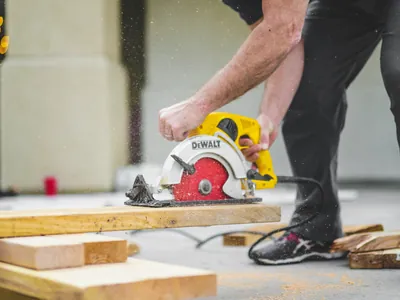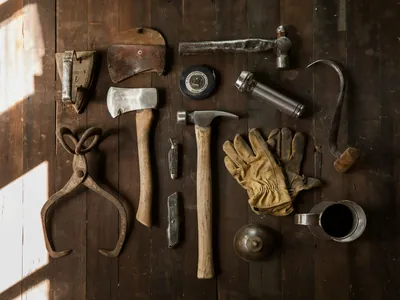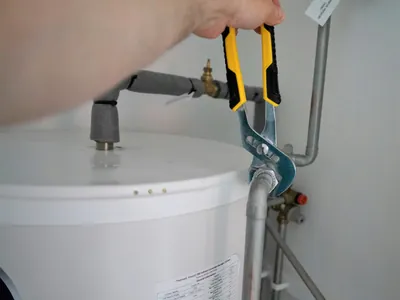Baseboard Installation: Finishing Touches

Baseboards are the finishing touch that bridges the gap between your walls and flooring, hiding imperfections and giving a room a clean, polished look. Installing baseboards is a project that requires precision, especially when it comes to cutting the corners, but with the right tools and techniques, it's a very satisfying DIY project.
tools Tools for the Job
Accurate cuts are essential for tight-fitting joints.
cutting The Art of the Inside Corner: Coped Joints
For inside corners, pros don't use two 45-degree miter cuts. They use a technique called "coping" for a tighter, more forgiving joint.
🔧 General Installation Steps
Work your way around the room, one wall at a time.
Installation Process:
- Start on the Longest Wall: Measure and cut the baseboard for the longest wall first. If a wall is longer than a single piece of trim, join two pieces with a "scarf joint" (two opposing 45-degree cuts).
- Mark Stud Locations: Use a stud finder to lightly mark the stud locations on the wall just above where the baseboard will sit.
- Nail the Baseboard: Press the baseboard firmly against the wall and floor. Drive nails into the wall studs for the most secure hold. Also, place a few nails along the bottom into the floor's sole plate.
- Finish the Job: Sink the nail heads slightly with a nail set. Fill the nail holes with wood putty and caulk the top edge of the baseboard for a seamless look before painting.
Perfect corners and tight joints are the mark of quality trim work. If you're looking for a flawless finish for your room, contact The Box Advantage Group. Our skilled handymen specialize in all types of trim and molding installation.

